Good afternoon everyone for all of our friends who are at Blurtter and have been joining Blurtter for a long time, hopefully we are always healthy and can always carry out activities as usual. So on this occasion I want to write a little bit about Borbo Cinnara | Photography | Macro hopefully later it can become a memory for myself, and for other friends who are already married, don't forget to also give directions and input if later in my writing there are still words- words that are not polite, therefore I apologize once again.
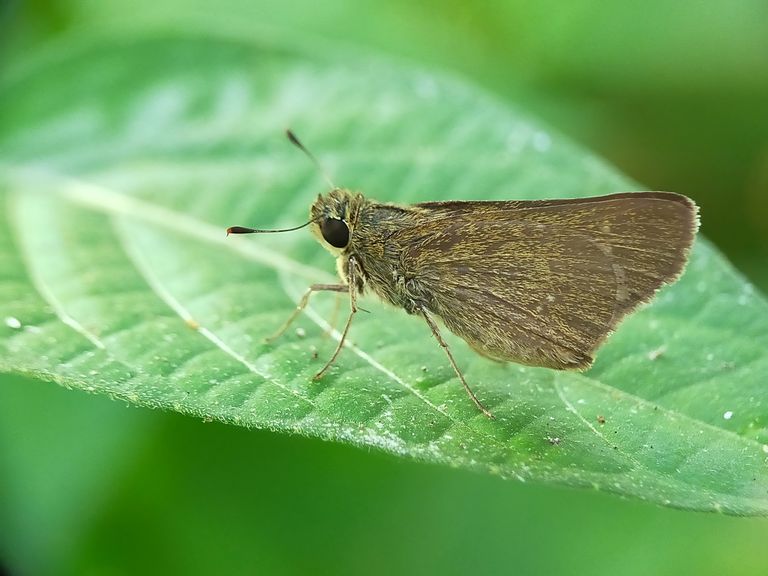
Like most insects, moths, butterflies, and skippers have an exoskeleton and jointed limbs, but unlike other insects, these three insects have membranous wings and are covered with pigmented scales, therefore, in the taxonomy is called "Lepidoptera," or "scaly wings." The moths, which usually have a plain pattern and color, are nocturnal. Butterflies, have striking patterns and colors and are active during the day. Skippers, are at an intermediate stage from the characteristics of both moths and butterflies. The combination of moths, butterflies and skippers reaches two hundred thousand species spread throughout the world and more than 10,000 species are found in Canada, the United States and northern Mexico. There are more species of moths than there are butterflies and skippers combined, at a ratio of about 8:1. Butterflies and skippers are a monophyletic group within Lepidoptera, but "moths" are a paraphyletic group (Troy, 2004c). At rest, the wings are held horizontally or attached to the top of/around the abdomen; rarely, wings are held together vertically over the body, as in butterflies (Troy, 2004b). Adults (imagos) usually have feathery, thicked, or threadlike antennae, lacking knobs or hooks , as in butterflies and skippers, and are mostly nocturnal (Troy, 2004b). Antennes of Male Moths (Lepidoptera, Plumose type): feathery (feathery, A); end without knob or hook (B). Antenna parts: scape (1 = first segment/ground antenne), pedicel (2 = second segment of the antenna), flagella (3 = third segment of the antenna and so on).
Some species have colorful wing patterns and are active during the day. The moth, Tegeticula yuccasella, is characterized by its simple color features - white, brown and grayish brown (Jay, 1996).
When pupated above ground, the pupae have a cocoon made of silk, often combined with other natural materials such as leaves or their own body hair. Most of the larvae pupate underground (Troy, 2004c). During rest, the wings are spread upward or vertically to the body (Jay, 1996; Troy, 2004c).

Domain Eukaryota (Chatton, 1925) Whittaker & Margulis, 1978– eukaryotes; a group of organisms with complex cells, or organisms that have a nuclear membrane. While organisms that do not have a cell nucleus membrane are called 'Prokaryotes' such as bacteria. Kingdom Animalia Linnaeus, 1758 – animals or animals or fauna or animals; a group of eukaryotic organisms that have many body cells organized in different functions. His body will eventually have a fixed shape, although some types will undergo metamorphosis in his life. Most animals can move spontaneously and freely (motile), and are heterotrophic organisms (cannot make their own energy, but must take it from the surrounding environment by foraging). Subkingdom Bilateria Hatschek, 1888 – Bilaterally symmetrical animals; a group of animals that have fore and hind limbs, as well as upper and lower limbs, at least during their infancy. While animals that only have the upper and lower parts, such as jellyfish, are called 'radial symmetrical animals'.Branch Protostomia Grobben, 1908 – protostomia; a group of animals in which during embryonic development, the indentation (blastopora) formed by the embryo on one side eventually forms the mouth. While in other animals, 'deuterostomes', the original indentation eventually becomes the anus.Infrakingdom Ecdysozoa Aguinaldo et al., 1997 – ecdysozoa; a group of animals that have a three-layered cuticle (exoskeleton) consisting of organic matter, which is replaced periodically as the animal grows. This molting process is called 'ecdysis'. The old, empty exoskeleton is called an 'eksuvia'. After the ecdysis process is complete, the animal is still pale and soft-bodied. Within an hour or two, the cuticles will harden and become darker. It is during this short period that animals grow, because usually in other phases their growth is limited by the rigidity of the exoskeleton. Superphylum Panarthropoda Nielsen, 1997 - a group of animals that have legs, claws, a ventral nervous system and a body that is segmented or divided. Phylum Arthropoda Latreille, 1829 – arthropods or book-legged animals or animals; is a group of animals that have an outer skeleton (exoskeleton), the body is divided into several parts or segments, and has paired and jointed limbs. Subphylum Mandibulata - a group of arthropods that have mandibles or lower jaws to bite, cut or hold their food. Infraphylum Atelocerata – a group of arthropods that breathe by means of a trachea or air funnel. The trachea is a fine tube that extends to every cell of the arthropod body and is connected to the stigma. Stigma or spiracles are breathing holes where air goes in and out. These stigmas are present along both sides of the body of the arthropod. Incoming oxygen is not circulated through the blood, but is circulated through this tracheal system. over 6 feet. Class Insecta Linnaeus, 1758 – insects; a group of arthropods that have an exoskeleton of chitin and have three body parts (head, thorax, abdomen), three pairs of legs, compound eyes and a pair of antennae. Insects are animals that have very diverse shapes and can be found in almost all environmental conditions. which exists. More than 1 million species have been described, more than half the number of living things known in the world today. Insects are divided into about 29 orders consisting of the group 'Apterigota' which consists of 4 orders where the adult insects have no wings, and the group 'Pterigota' which consists of 25 orders in which the adult insects have wings. Subclass Dicondylia – a group of insects that have 2 points of articulation (connection) on the mandibles or jaws which make the jaws move in one direction, not rotating.
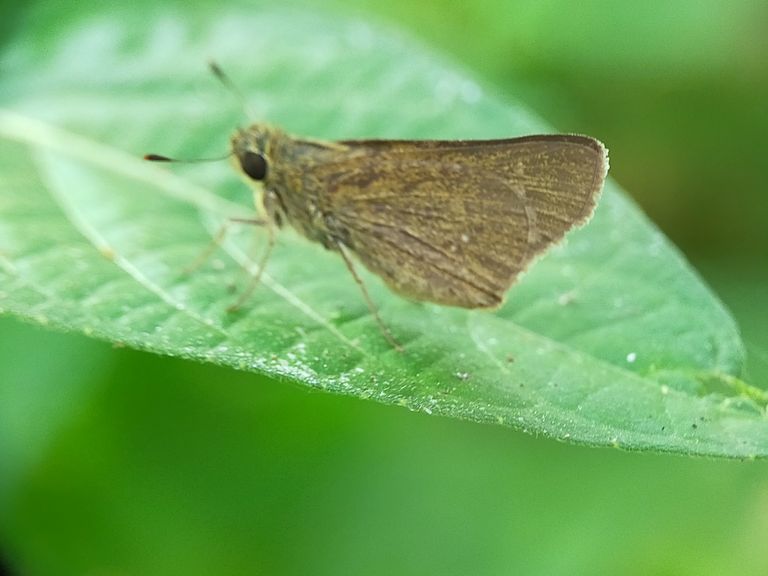
Infraclass Pterygota Lang, 1888 – a group of winged insects, including types of insects that now no longer have wings but were formerly a type of winged insect. Division Neoptera Martynov, 1923 – a group of winged insects that can fold their wings to the abdomen. This ability has been lost in some small groups, such as in some types of butterflies and moths. Larvae and adults have different shapes and habits. Superorder Panorpida – a group of insects consisting of the orders 'Mecoptera' (scorpion flies, snow flies), 'Siphonaptera' (fleas), 'Strepsiptera' (swirl-winged insects), 'Diptera' (flies, mosquitoes), 'Trichoptera' (caddis flies) and 'Lepidoptera' (butterflies, moths) Order Lepidoptera Linnaeus, 1758 – groups of moths (moths) and butterflies (butterflies). Lepidoptera is one of the insect orders that are widespread and widely known in the world. This order has more than 174,250 species divided into about 126 families and 46 superfamilies. The word Lepidoptera comes from the Greek, 'lepis' which means 'scales', and 'pteron' which means 'wings'. So Lepidoptera can be interpreted as 'scale-winged insects'. The main characteristics of this group are indeed the presence of scales (scales) that cover the body and wings, and also the presence of a proboscis or suction mouth that can be rolled up. The body scales that have been modified to be like feathers make this group have various colors. The larvae of the Lepidoptera group are known as caterpillars (caterpillars), while their pupae or cocoons are called by the name krisalis (chrysalis) for butterfly pupae, and cocoons for moth pupae.
Butterflies and moths are very useful for helping the process of pollination of plants. Meanwhile, on the other hand, caterpillars are known as plant pests. Actually, butterflies are only a small part of this Lepidoptera group. Of the many existing superfamilies, only 3 are butterfly superfamilies, namely Papilionoidea (true butterflies), Hesperioidea (skippers) and Hedyloidea (moth-butterflies) with a total member species of only about 10% of the total species. which is in the order Lepidoptera. In simple terms, butterflies are distinguished from moths based on their active time and physical characteristics, namely
Butterflies are generally active during the day (diurnal), while moths are mostly active at night (nocturnal).
Butterflies rest or perch by straightening their wings, moths perch by spreading their wings. Butterflies usually have beautiful, brilliant colors, moths tend to be dark, dull or gray. However, in these differences there are always exceptions, so scientifically there is no can be used as a sure hold. One thing that can be a pretty good clue to distinguish moths from butterflies is the shape of the antenna. The antennae of moths have a variety of shapes, but in particular they lack a 'club' at the ends. This has led to an (unofficial) division in the taxonomy of Lepidoptera to distinguish between moths and butterflies based on the shape of their antennae, namely 'Rhopalocera' (club-antennae). ) for butterflies and 'Heterocera' (varied-antennae) for moths.
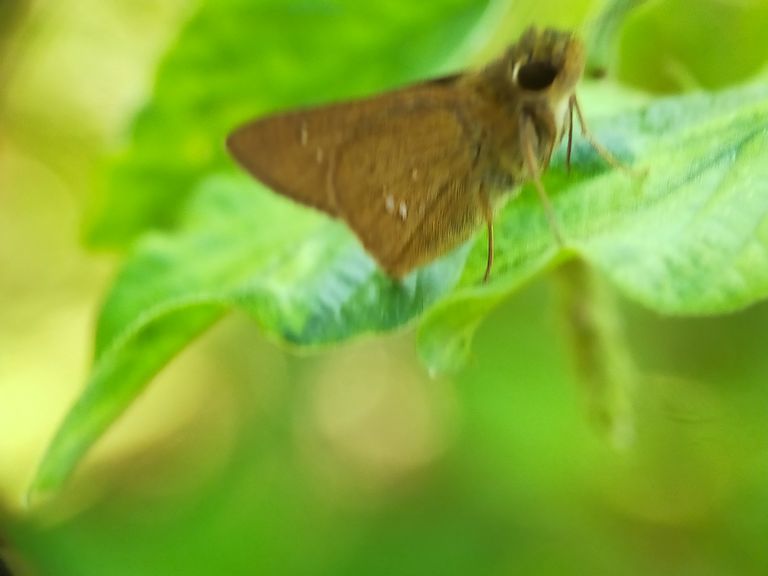
Lepidoptera is an order of insects which includes about 180,000 species divided into 126 families and 46 superfamilies, only about 10% of the total species of these organisms have been studied. Lepidoptera is one of the most extensive and well-known insect orders in the world. The types of the Lepidoptera order are;
Moths (Hedyloidea), butterflies (Papilionoidea), and skippers (Hesperiidae) all have an exoskeleton and jointed limbs, but unlike other insects, these three insects have membranous (webbed) wings and are covered with pigmented scales, because it is, in taxonomy called "Lepidoptera," or "scaly-winged." Moths, usually having plain patterns and colors, are nocturnal (commonly called night butterflies). Meanwhile, butterflies have striking patterns and colors and are active during the day. Meanwhile, Skippers are in a transitional stage from the characteristics of both moths and butterflies. It can be said to be a combination of moths and butterflies. Other Skipper characteristics: The average body is smaller in size when compared to the butterfly. Short and fat body.
Usually orange, yellow, white or brown.
If you fly fast and move up and down like jumping with random maneuvers in all directions.
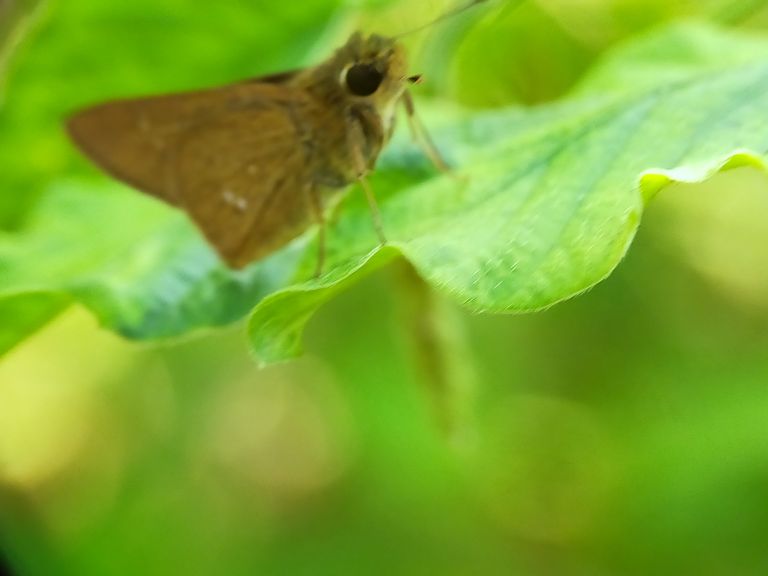
The most obvious difference is the antenna. Most butterflies have thin, slender filamentous antennae that are club-shaped at the end. Moths often have comb-like or hairy antennae, or are filamentous and unclubbed. This distinction was the basis for early taxonomic divisions in the Lepidoptera families – Rhopalocera ('beaten horn', butterflies) and Heterocera ('various horns', moths). There are, however, exceptions to this rule and a few moths (family Castniidae) have been beaten antenna. Some butterflies, such as Pseudopontia paradoxa from the forests of Central Africa, lack beaten ends. The Hesperiids often have antennae angled to the ends. Neither of these taxonomic schemes is perfect and taxonomists often debate how to define the distinct differences between butterflies and moths. Many moths have a frenulum which is a filament that arises from the hindwing and couplings with spines on the forewing. The frenulum can be observed only when the specimen is in your hand. Some moths have lobes on the forewings called 'jugum' which aid in coupling with the hindwing. Butterflies however lack this structure. Most butterflies have brightly colored wings. Nocturnal moths on the other hand are usually plain brown, gray, white or black and often with a covering zigzag or swirling pattern that helps camouflage them while they rest during the day. However, many day-flying moths are brightly colored, especially if they are poisonous. Some butterflies are also plain in color, such as the white cabbage butterfly.
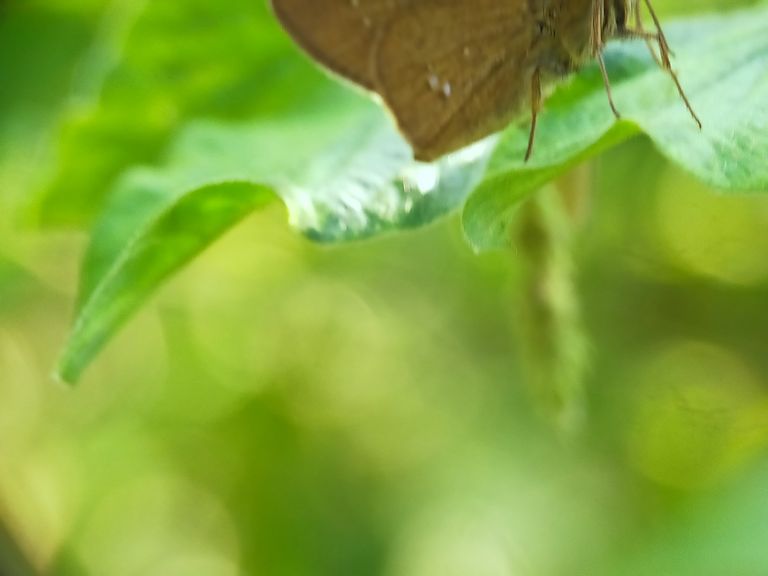
Moths usually rest with their wings spread out to their sides. Butterflies often fold their wings over their backs when they are perched although they will occasionally 'sunbathe' with their wings spread for brief periods. However some butterflies, such as the Skipper, may hold their wings flat or folded or even in-between (a position called 'jet planes') when perched. Most moths also occasionally fold their wings over their backs when they are in place. certain conditions (such as when there is no room to fully spread its wings). A family that can sometimes be confused with the 'Geometridae' (such as winter moths) because the adults often rest with their wings folded vertically. These moths have thin bodies and large wings like many butterflies but can be distinguished easily by the structural differences in their antennae. In general, they are the main visual difference between butterflies and moths, but what you will most remember is that they are a general rule. and does not apply to all moths and butterflies. The similarities between the two are actually much greater.

Most moths are nocturnal (sleep during the day and are active at night) or dull (mainly active during dusk) while most butterflies are diurnal (active during the day and rest at night). There are however exceptions, including the diurnal Gypsy moth and the spectacular 'Uraniidae' or 'Sunset moth'. Some moth caterpillars spin cocoons made of silk. The caterpillar metamorphoses into the pupal stage inside the cocoon. Most butterflies on the other hand are open cocoons also called 'cocoons' that hang from branches and tree bark. However, there are many exceptions depending on the species of moth or butterfly. For example, the Eagle moth forms an open cocoon which is, however, underground. Gypsy moths sometimes form cocoon-style butterflies, hanging from twigs or tree bark, although usually they build a thin cocoon of silk and a few leaves, partially exposing the cocoon. Some Skipper butterfly larvae also create cocoons in which they pupate, exposing a small number of pupae. The Parnassius butterfly larvae make a thin cocoon for pupation and they pupate near the soil surface between the debris. Moths tend to have a stout body and are hairy or hairy-looking, whereas butterflies have a slender and smooth abdomen. Moths have larger scales on their wings which make them look denser and smoother. Butterflies on the other hand have fine scales. This difference may be due to the need for moths to conserve heat during cold nights whereas butterflies are able to absorb solar radiation. So, those are some things that might provide information to colleagues if insects in general, moths, butterflies, and skippers have an exoskeleton and jointed limbs, but unlike other insects, these three insects have membranous (webbed) wings. ) and are covered with pigmented scales, therefore, in taxonomy it is called "Lepi

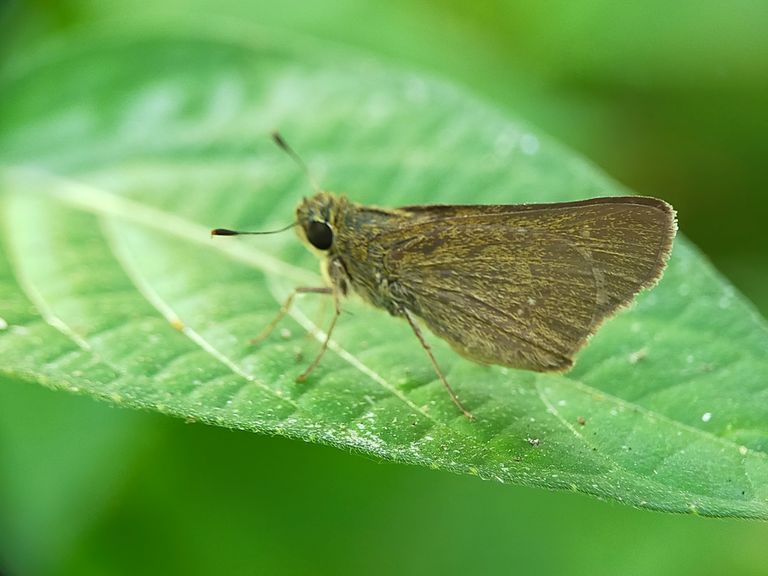
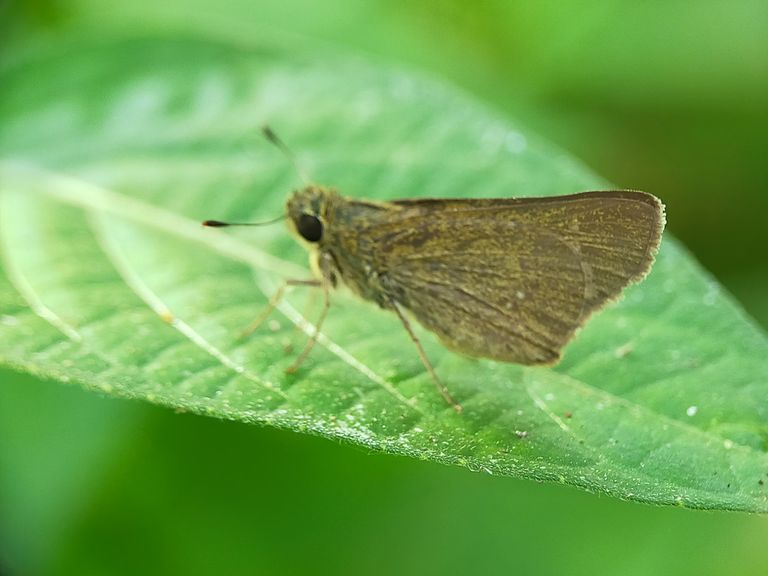
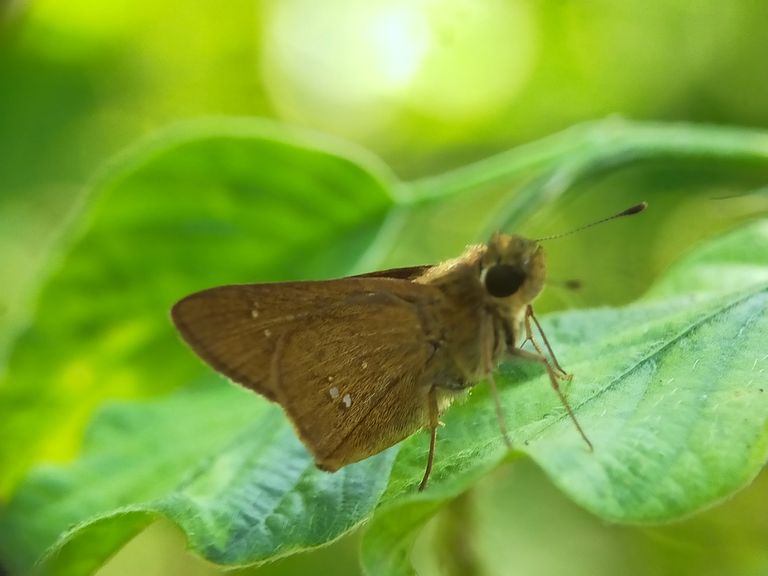
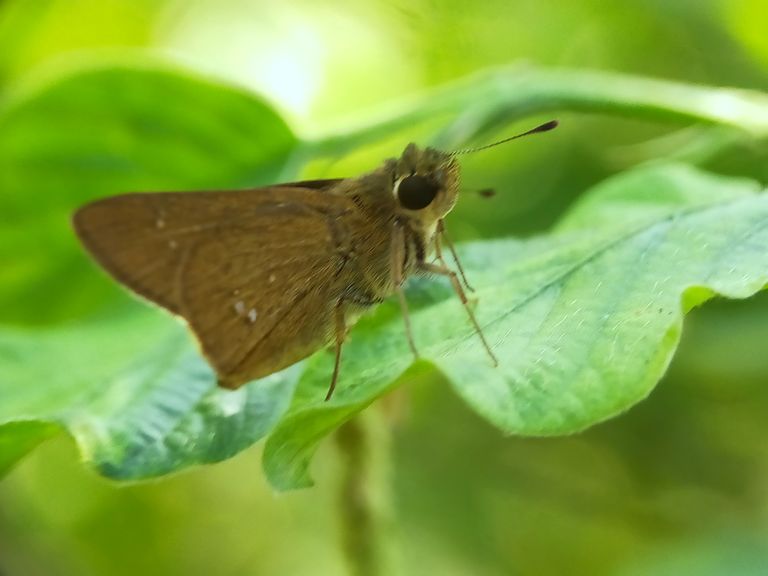
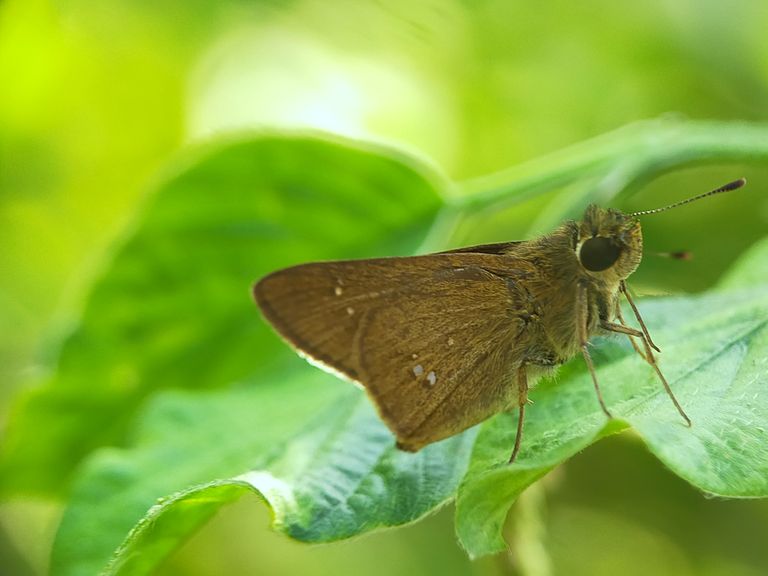
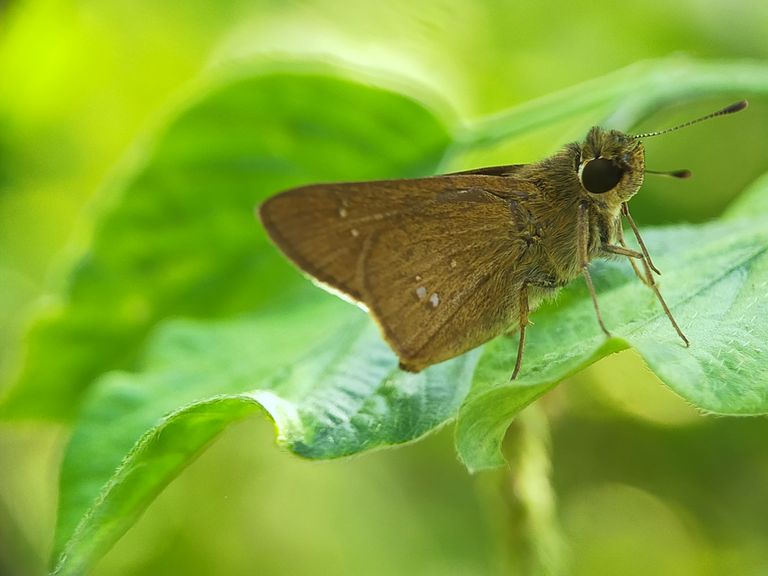
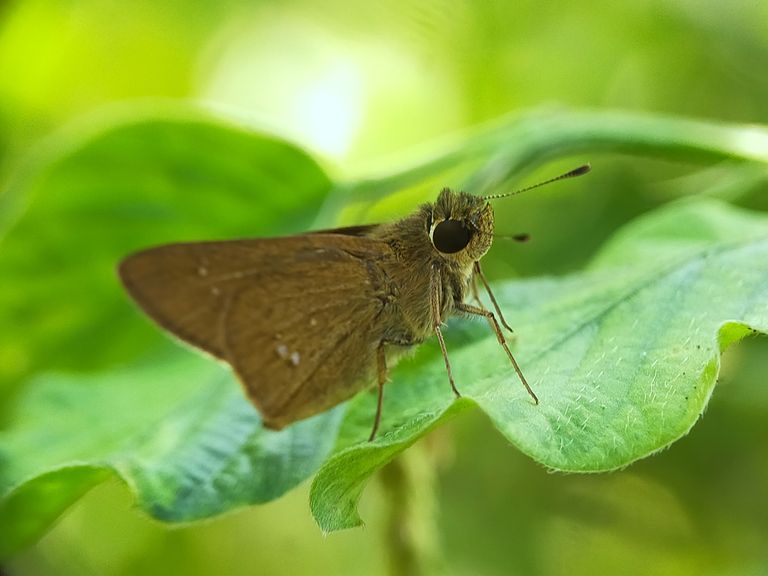
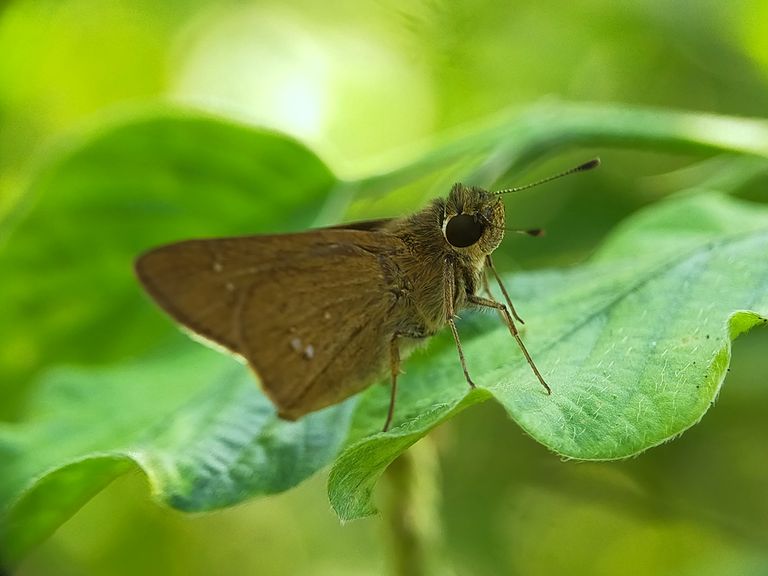
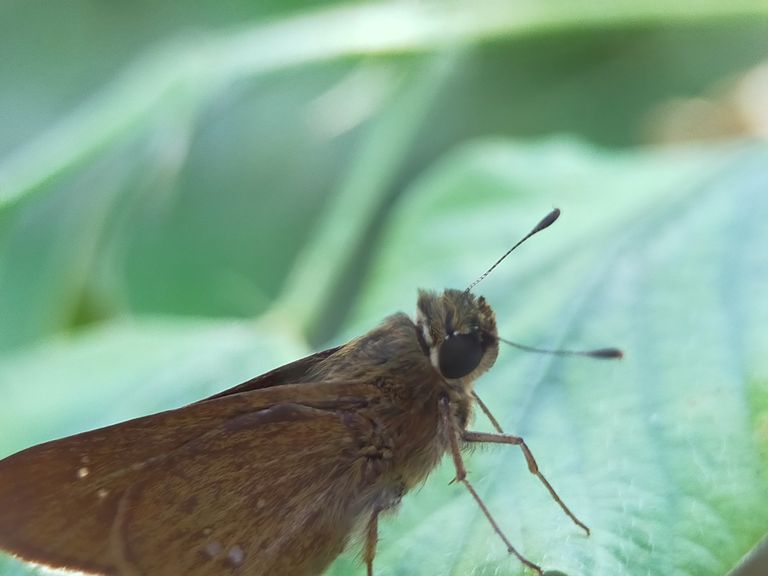
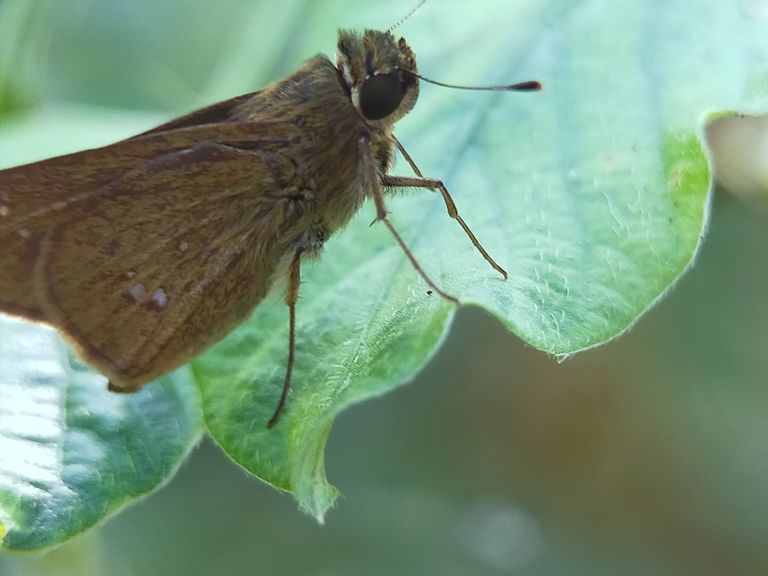
This is all I can say more and less I apologize, hopefully it will be useful for me, and hopefully it will be useful for all readers in general, thank you for visiting my blog, don't forget to follow and vote for my posts. , and one more thing, don't forget to share this post with other friends.
Thank you for visiting my blog, don't forget to follow and vote for me to post, and others don't forget to share this post with other friends.
Greetings to all on Blurtter....
** Your post has been upvoted (3.38 %) **
Curation Trail is Open!
Join Trail Here
Delegate more BP for bigger Upvote + Daily BLURT 😉
Delegate BP Here
Upvote
https://blurtblock.herokuapp.com/blurt/upvote
Thank you 🙂 @tomoyan
Congratulations, your post has been curated by @r2cornell, a curating account for @R2cornell's Discord Community.
Thank you very much for the support and visits from the team @R2cornell